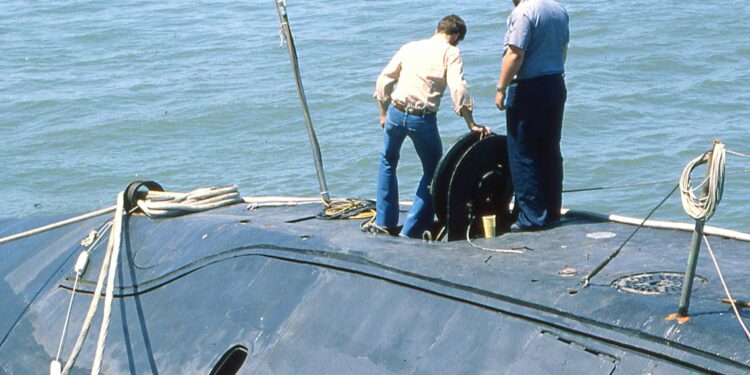In response to escalating tensions in the Middle East, the United States has ramped up its military presence in the region. This move aims to strengthen defensive mechanisms and deter further escalation.
Background on Recent Tensions
Following the assassination of Hamas leader Haniyeh and mounting threats from Iran and its allies, there is growing concern that the conflict between Israel and Hamas could expand into a broader regional conflict. Many countries have advised their citizens to evacuate the area due to the increasing uncertainty.
The British government has recommended that its nationals leave, while Canada has advised its citizens to avoid all travel to Israel, citing regional security risks.

US Military Actions
On Friday, the Pentagon announced plans to deploy additional fighter jets and Navy warships to the region. Jonathan Finer, Deputy Adviser to the White House National Security Council, stated on CBS’s “Face the Nation” that the goal is to “turn the temperature down in the region, deter and defend against attacks, and avoid regional conflict.” Finer noted that the United States and Israel are preparing for all potential scenarios, referencing a “very close call” of regional conflagration in April. During this incident, Iran launched an attack on Israeli territory after an Israeli strike on its consulate in Damascus resulted in the deaths of seven officers from the Islamic Revolutionary Guard Corps.
Diplomatic Efforts
U.S. President Joe Biden expressed hope on Saturday that Iran would de-escalate despite its threats of retaliation for Sinwar’s killing. Hamas has begun a “broad consultation process” to select a new leader to replace Sinwar, who was a key figure in the group’s international diplomacy. The United States and international partners, including France, Britain, Italy, and Egypt, continue diplomatic efforts to prevent further regional escalation.
Potential Outcomes
However, will the US efforts deter regional tensions or exacerbate the conflict? Iran has long criticized and accused the US of fueling the war in Gaza through its arms supplies to Israel, despite the US’s stated commitment to supporting Israel’s security. This stance suggests a potential for the US to become more deeply entangled in the regional conflict. This dynamic suggests that US support for Israel could either positively impact the situation or contribute to further regional conflict.

















